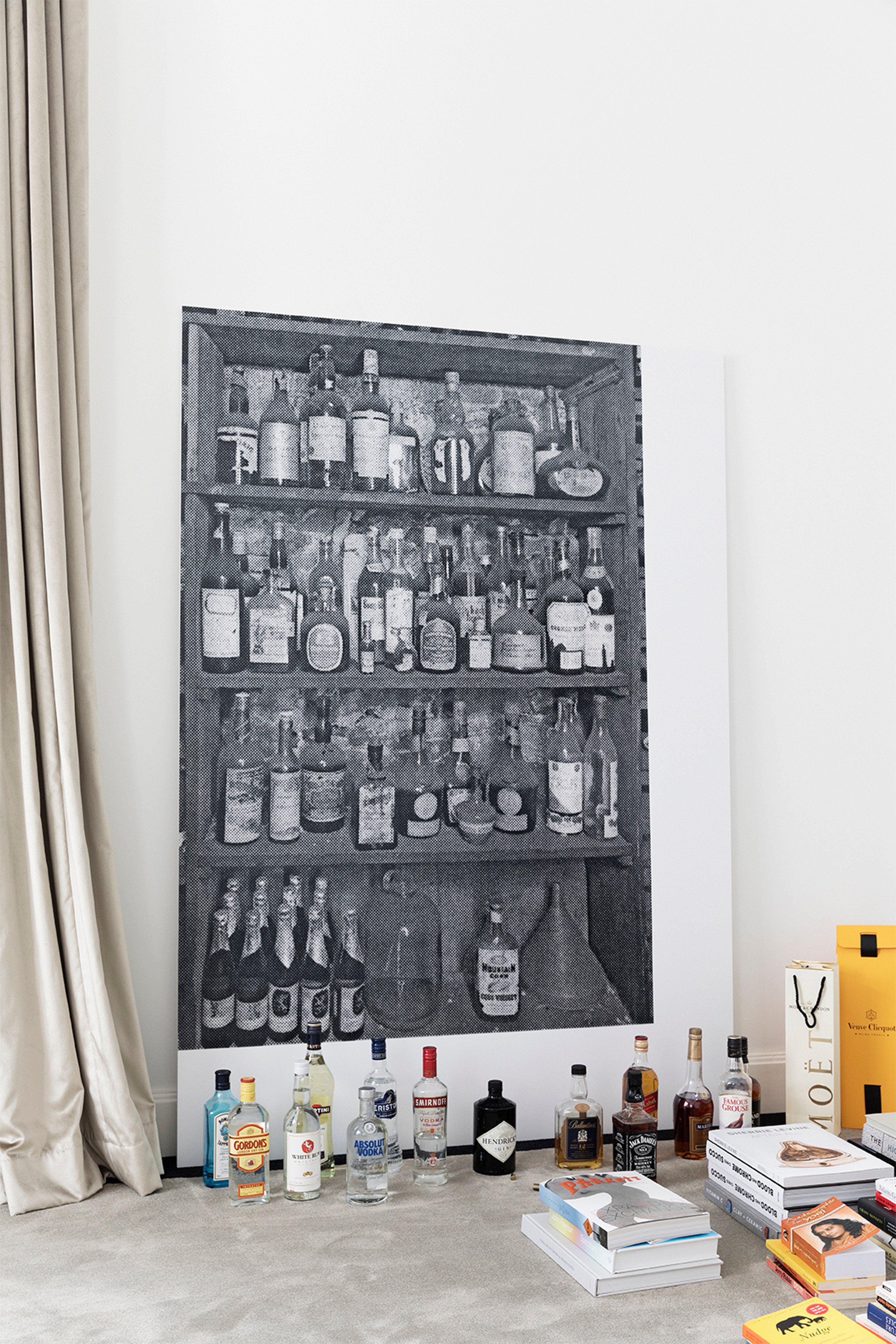

Login or join Collecteurs for free to see more of
Ronald Rozenbaum’s Collection that is only visible to members.
Brussels-based financier, and founder of the private collection The Embassy, RONALD ROZENBAUM has garnered an unconscious, intimate relationship with art since early on. Growing up, he would watch valuable works of art arrive to his parents’ framing shop, each of them patiently awaiting their turn. Decades later, Rozenbaum continues to cultivate his proximity to art by collecting contemporary artists and actively participating in the sphere of humanity’s creative outlet. While he travels to fairs and art events around the world, Rozenbaum has preserved a sensitively keen and – perhaps most importantly – naive attachment to art. To him, there’s still nothing more powerful than standing in front of a painting, experiencing absolute humility while feeling free and enraptured all at once.
Collecteurs: You started collecting at a young age but even now you belong to the realm of ‘young collectors.’ Are you ever worried about being stigmatized for your youth? Youth typically representing a notion of lighthearted choices rather than carefully-chosen actions. This is not to say I believe youth necessarily means callowness. I’m merely curious about the certain confrontations you might have met while actively joining the art world at a considerably young age.
Ronald Rozenbaum: I only hear the words ‘young collector’ in interviews, or when I am introduced as such. That said, I never felt belittled or questioned on that regard by gallerists or institutions. Collecting is like life, you never know how it will unfold, and there are various strengths to every stage. To me, keeping a fresh mind is essential.
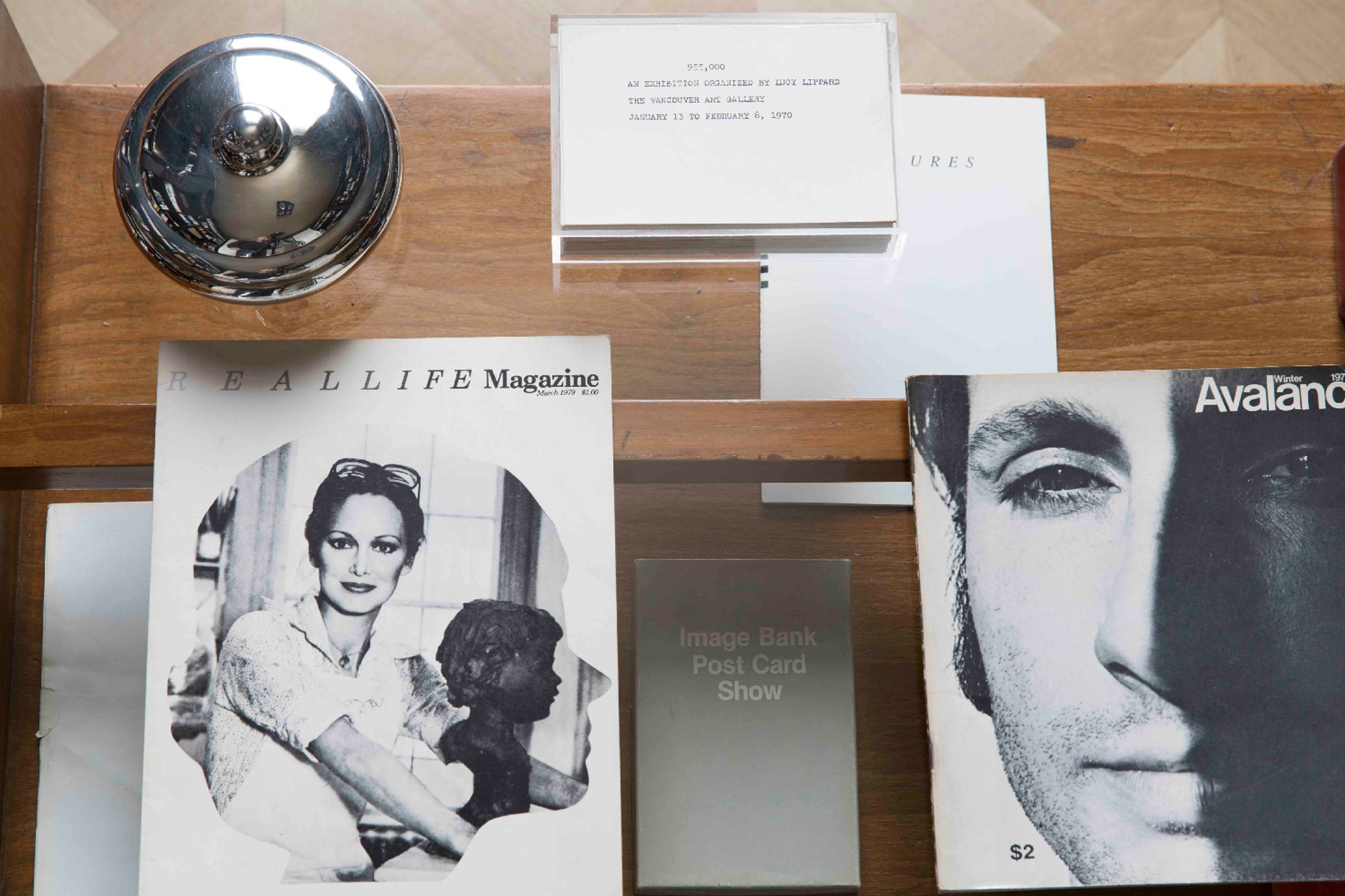
Collecteurs: I’d like to discuss the phrase inscribed in Salvator Rosa’s Self-Portrait, as well as stated in your Instagram bio: “Aut tace aut loquere meliora silentio” (Either be silent or say something better than silence). Is art the perfect balance between silence and noise?
RR: I first heard that sentence as a teenager, when I took Latin. I don’t know why, but it resonated right away. It was pre-internet. We were just talking about young collectors and I now speak like an old guy!
To come back to your question, I think you are right: the balance between silence and noise. I recently had the chance to see ‘Les Demoiselles D’Avignon’ at MOMA, privately. It was absolutely moving.
I definitely seek those transformative experiences. Last summer, I traveled with my wife through the American Southwest to experience Land Art, which really epitomizes that.
Seeing Michael Heizer’s ‘Double Negative’, Nancy Holt’s ‘Sun Tunnels’ and Robert Smithson’s ‘Spiral Jetty’ is a commitment. Each site involves hours of driving through barren landscapes and paths without proper roads. But ultimately the reward is mystical, and what great art is all about.
Another moment — maybe the one that shook my world forever — was at the Guggenheim in Bilbao. I was walking down two huge, parallel steel sheets by Richard Serra. I was in the middle, not seeing the start or the end of it, my mind freed. I was lost, and at the same time felt an incredible pressure. Perhaps even a weight on my shoulder. That type of transcendental experience turns you into an addict, looking for an experience as good as the first fix…
Collecteurs: Do you think one is able to find such a thing again? Is it an experience itself?
RR: It certainly motivates us to keep searching.I read and experience art, I traverse the world for it. These elevating experiences make art become a spiritual fulfillment, and a ceaseless pursuit.
That is part of the reason why I established The Embassy in Brussels, where I am able to mount exhibitions of works that move me. One of my favorite spaces inside the house is a Dan Flavin corner that is installed in a white room, completely on its own. Meditating in that room can really transport me back to myself.
Collecteurs: Regarding your lonesome visit to ‘Les Demoiselles D’Avignon’, I can understand the sudden emotional rupture. Witnessing art in absolute silence causes an inward emotional chaos of beauty and sadness, a sedation of body throughout which mind becomes the primary body. We feel alive, because we think and therefore feel. Art fairs — on the other hand — are often regarded as vile since money is their predominant companion. Art is no longer about its original purpose, but rather transparently imposes its consumeristic ambitions. And everyone is silently aware of it. But perhaps these two states are actually necessary to exist. After all, we’ve always wanted to abide subconsciously amidst extremities.
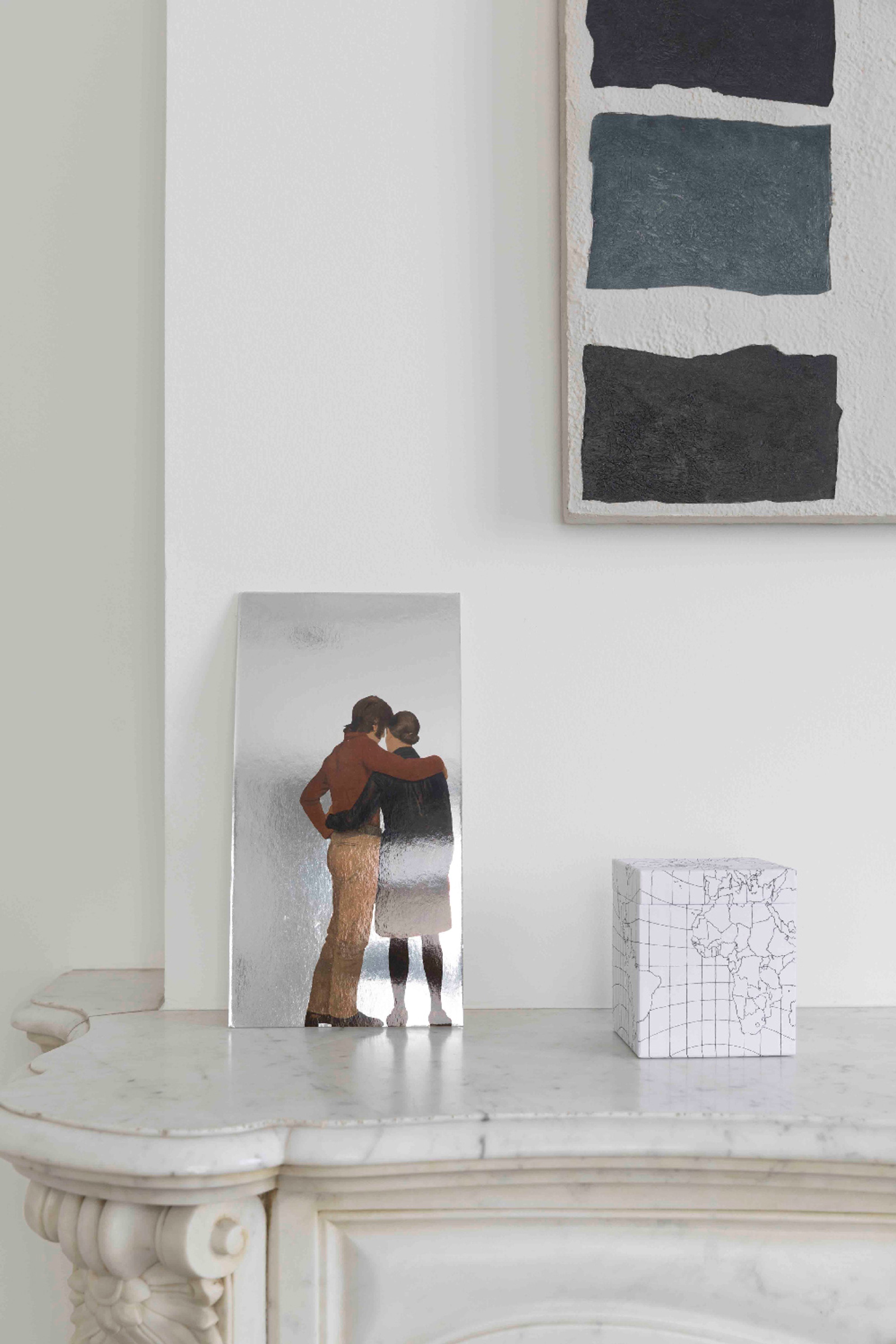
RR: You are right. Art exposes our inner selves and gives us nowhere to hide. The works reflect our states of mind, which is why we can find new meaning every time we look at a familiar piece that personal history and dialogue builds over time. Isn’t that what makes this and other masterpieces so unique? The rest is so futile.
I agree with the two necessary states you mention. One may even suggest they are inseparable, and that is why it is the natural outcome to see some exorbitant prices for historically important works.
Collecteurs: Since your parents were framers, do you remember the first time you were truly moved by art?
RR: I was basically born into it. Although, it was a passive involvement. Every day after school I would walk back to their shop. I would open my books and do homework amidst historic artworks that came from my parents’ clients. Since they worked with museums and great collectors, new masterpieces were always coming in. I’d push those aside to be able to sit and study.

The active involvement came later, after University, and some years of work totally unrelated to art. I was lacking something, and going back to the past was very natural.
The first, early memory of art might have been a poster by Leonardo da Vinci in my bedroom, The Virgin and Child with St. Anne. It was a sketch of the Madonna and child. While I was not versed in the ideas of Renaissance or the Biblical subject, it felt tranquil to gaze upon. Because of my parents, the poster was bordered by a beautiful gold leaf frame and looked like a masterpiece. I saw it in flesh for the first time this year in London, at the National Gallery. My Proust’s Madeleine.
Collecteurs: Seeing the Da Vinci for the first time in real life, did you experience the same feelings as in your bedroom? Was that moment one of the most important experiences of encountering art? If you could, would you like to own the painting?
RR: It caught me off guard and made me smile amidst the marathon of Frieze week. In person, it was even more impressive. On one hand, a perfect crescendo of the master’s hand and on the other, a thin parchment aged by centuries of time. It was simply a blissful moment. Of course, I would like to own it. Or, maybe rather, look at it every day.
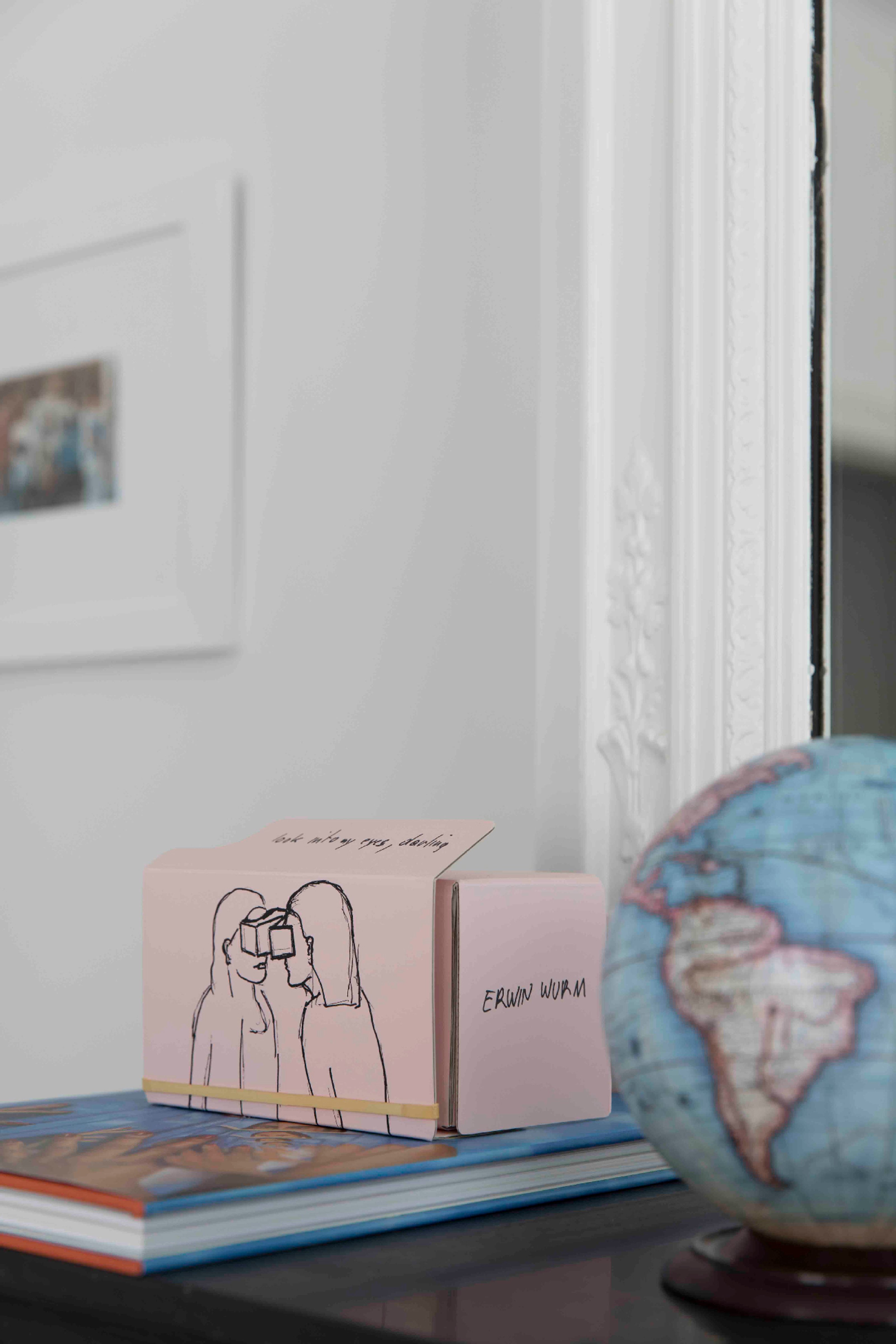
Collecteurs: Owning the painting would essentially alter the original connection. An unanswerable question, but what’s more meaningful: To remember it every day, or live it every day?
RR: Rosebud in Citizen Kane, Proust’s Madeleine. It’s a very common subject in literature or movies. We can even talk of memento mori. I would add a third status — forgetting, so we can come back to it better.
Your question can also be seen as collecting (owning) versus experiencing. I love both though, and realize that even if the collector is generous enough to share his collection with a broad audience, it will never be the same as in a museum.
Collecteurs: You once said collecting is “utterly useless, thus indubitably indispensable.” Were collecting useful, would it become dispensable?
RR: I still think it is useless to collect even though you support and help artists. The underlying act of possession is selfish. I enjoy myself much more by going to institutions and seeing works which I will never be able to own.
However, I can’t resist and so I collect. But I do so with the candor that I am doing it for no reason except being utterly incoherent with my Cartesian personality.
Collecteurs: In what ways do you relate to Descartes and how does collecting differ with its particular philosophy?
RR: Descartes — but even more Spinoza — have been initiatory masters. Structure in chaos defined them well. The naturalistic essence of God in Spinoza’s Ethics can serve as a roadmap for a collector. A quest for the quintessence at the origin of everything. That said, his ascetic life would probably be less appealing to art globetrotters.
Collecteurs: What is your personal quest as a collector? Is there a goal, and therefore an end? Or, is the quest endless?
RR: The goal is enlightenment.I had a school teacher who used to say “Ex cultu robur,” which means “From culture comes strength.” It is a good rule.
Collecteurs: It’s interesting to put strength in context with cultural enlightenment, next to art. How do you get strength from art? Isn’t strength somehow always related to this idea of continuing…
RR: By strength, I mean a vital element like oxygen, and very pure in itself.
Collecteurs: I imagine seeing works in a public setting — like a museum — one feels a greater sense of history; Something that might go astray when hanging inside a study. Or so I’d imagine. There’s always something very spectacular about going to a museum, a sanctuary for all these lives art has lived.
RR: It is what makes us humble.
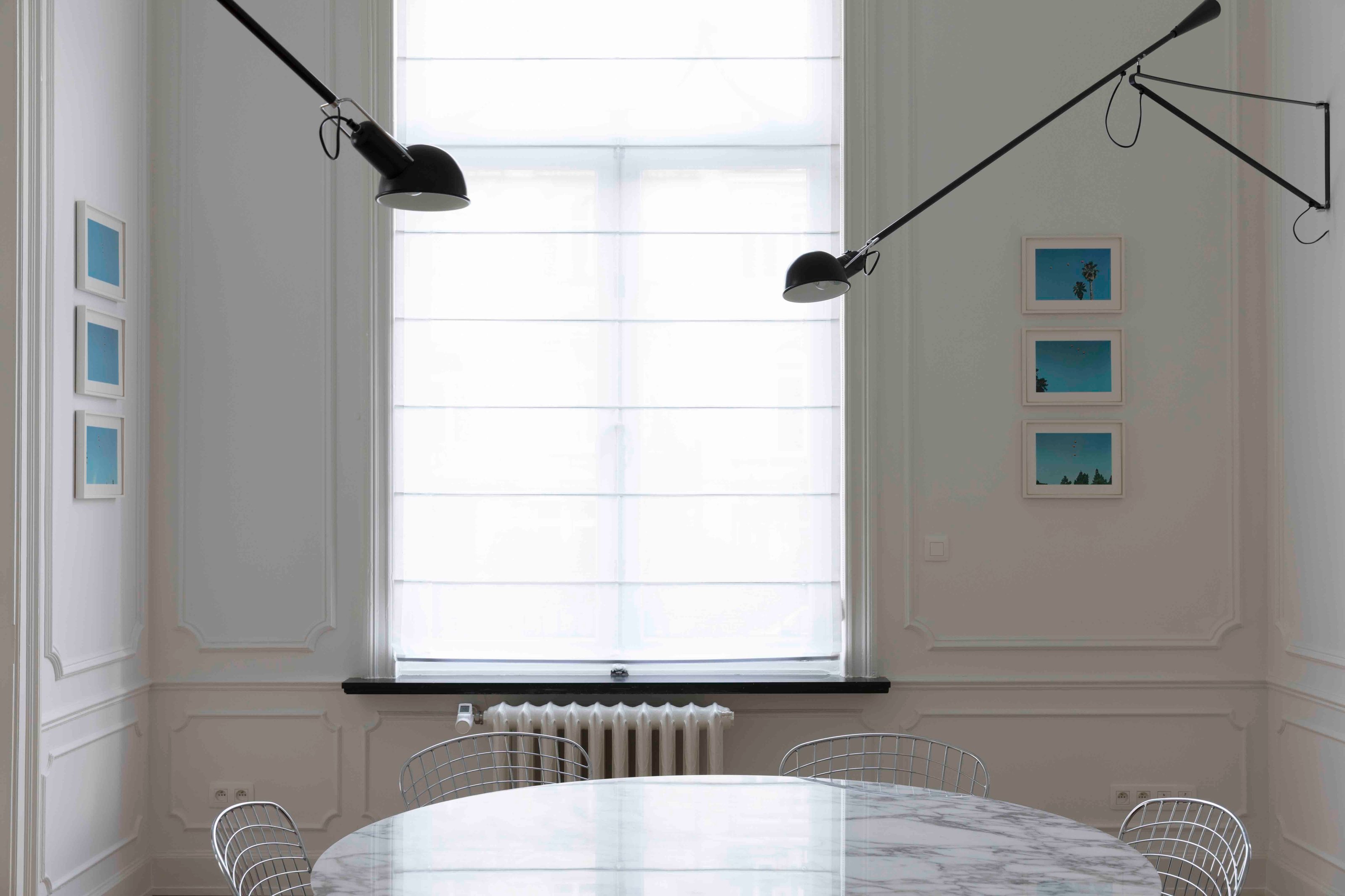
John Baldessari Throwing Three Balls in the Air to Get a Straight Line (Best of Thirty-Six Attempts), 1973. Collection of Ronald Rozenbaum © Jef Jacobs for Collecteurs

Collecteurs: I’ve always been interested in this particular idea of humility. Why does seeing art inside a museum cause an internal reaction of modesty? Don’t moments of consciously-lived humility usually come from a place of daily-lived conceit? When experiencing art this way, are we maybe mostly moved by the experience of our very own humility?
RR: Therein lies one definition of the museum. What is it? What is its role? Art institutions, as we know them today, are based on the 1750’s British model. There is a lot of debate about their evolving role in society. While in the past, you could touch objects and people were kneeling in front of Madonna, today, more prosaically, museums have to deal with questions around smartphones, pictures and social media copyright. And while that is being debated, artists like Tino Sehgal are challenging the very concept of their space. Our way of experiencing museums is a social evolution and we shouldn’t take the current state for granted. Nature is often the best way to witness beauty and history. But for artwork, we often need context, a place, a pedestal to stop and gaze.

Collecteurs: There’s a horrible beauty in that, how we’ve come to a moment of needing places that willfully slow us down. That’s why it’s essential for places like museums and galleries to continue existing physically. Just like a printed book, a cinema, a restaurant — somehow here we are consciously more aware of doing what we’re doing. What else could make our bodies still be bodies except experiencing life physically…
RR: I concur. Anything making us more conscious should be cherished. We need to see things in context and perspective. To be present for the occasions of art, and beyond.

Login or join Collecteurs for free to see more of
Ronald Rozenbaum’s Collection that is only visible to members.